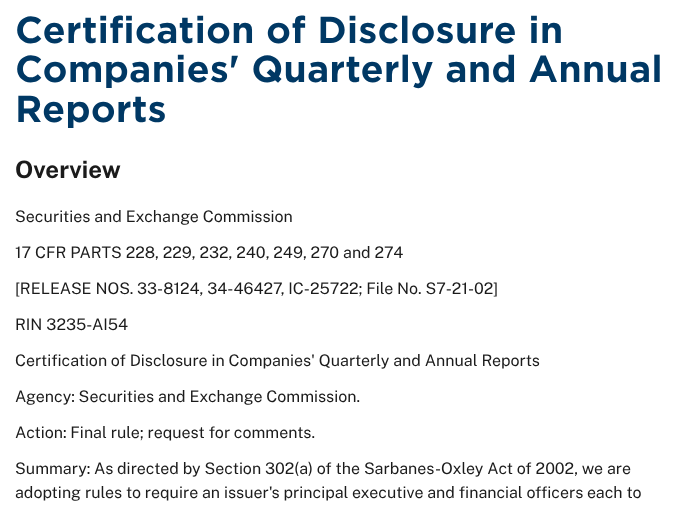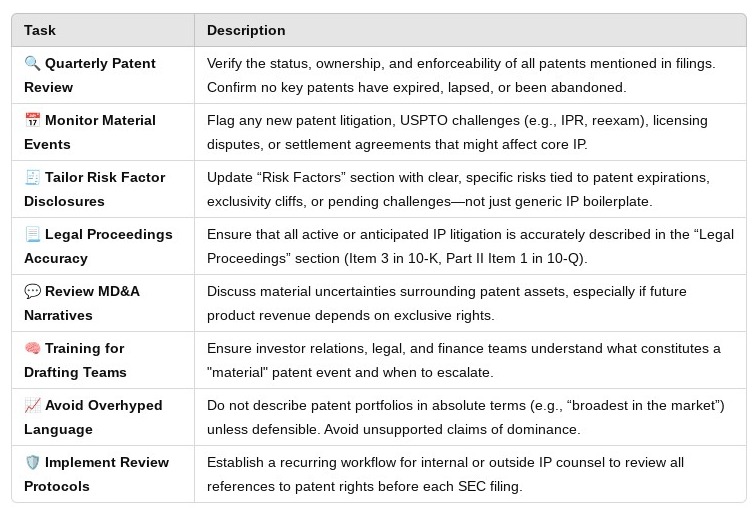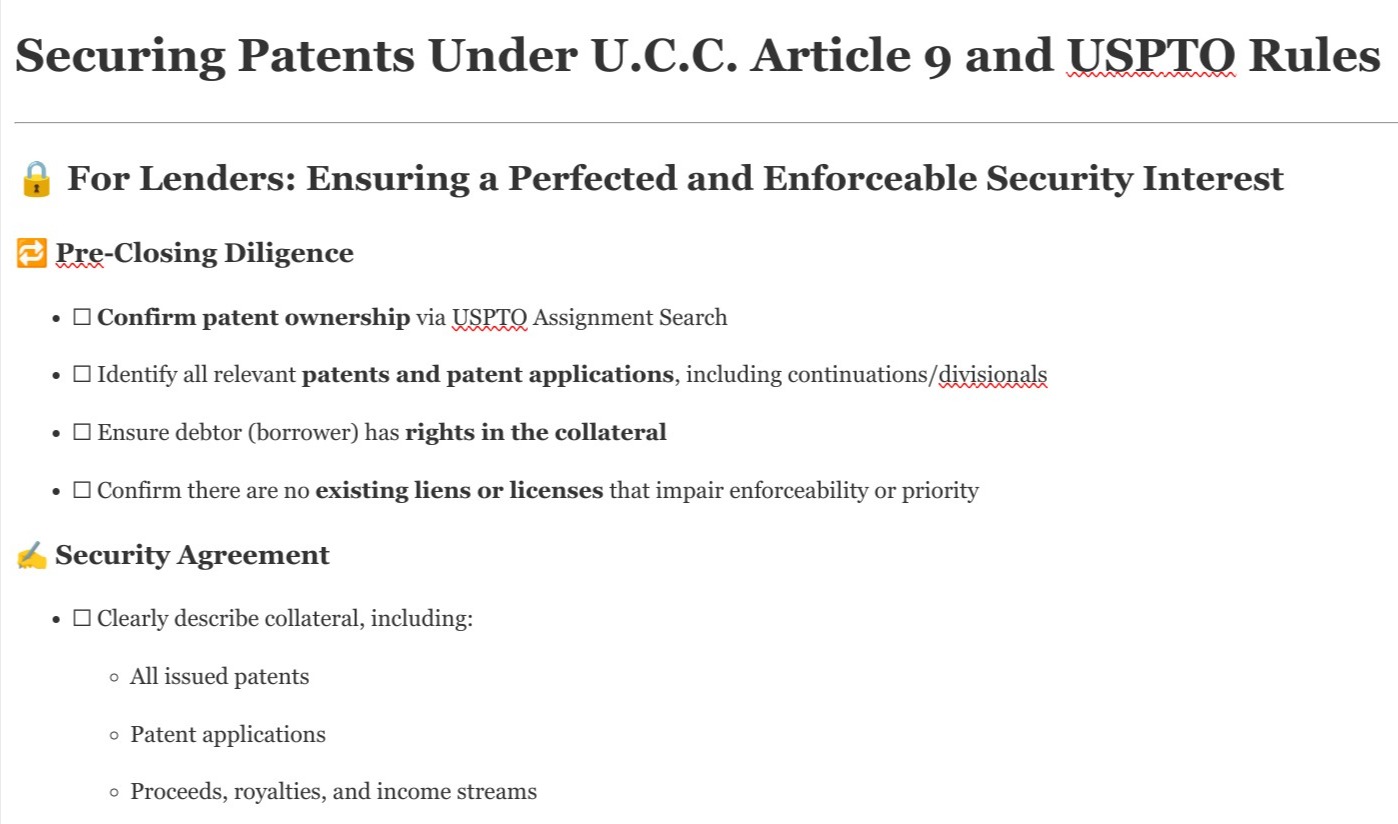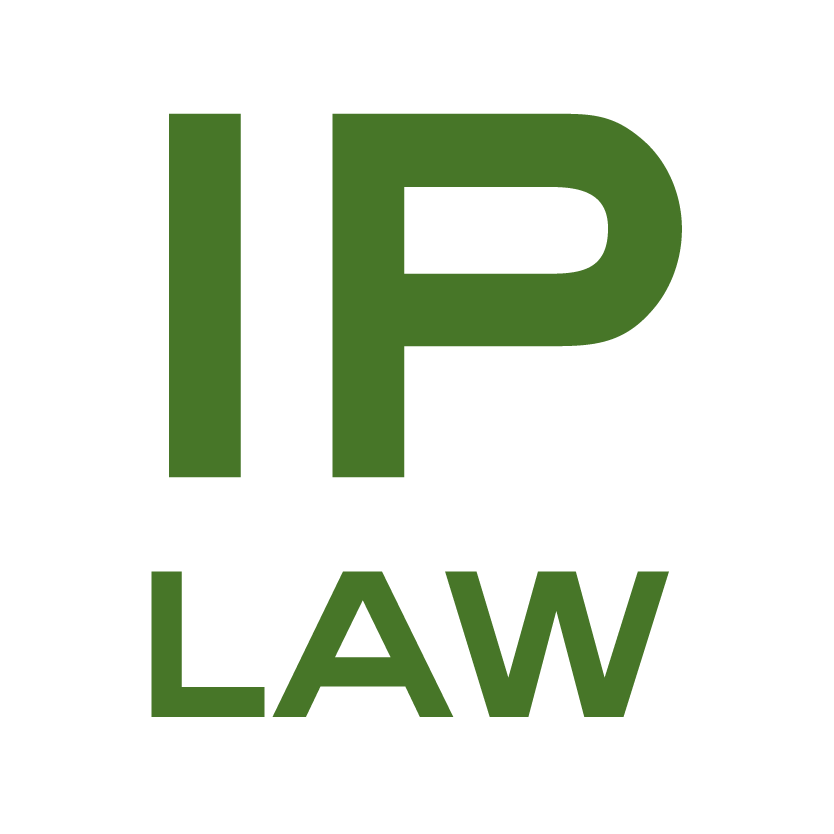KPI revealing how well patent strategy is woven into the core business fabric
Measuring the integration and strategic effectiveness of patent management, rather than just patent activity itself, is key to highlighting and closing that potential disconnect. Here are 10 KPIs aimed at revealing how well patent strategy is woven into the core business fabric:
1. Revenue Coverage by Core Patents (%):
-
- Measures: The percentage of total company revenue generated by products/services directly protected by patents identified as strategically core to the business.
- Indicates: Alignment between patent protection efforts and actual revenue streams. A low percentage might suggest patents aren’t protecting key commercial activities or that key activities lack adequate protection.
2. Strategic Patent Alignment Score:
-
- Measures: A score (e.g., quarterly, based on a defined rubric) reflecting how well the current patent portfolio and filing strategy align with the company’s stated top 3-5 strategic objectives and future product roadmaps. Assessed by a cross-functional team (Strategy, R&D, Product, Legal).
- Indicates: The degree to which IP efforts are proactively supporting future business direction, not just reacting to past inventions.
3. IP Value Extraction Ratio (Licensing/Sales Revenue vs. IP Maintenance Costs):
-
- Measures: Revenue generated from out-licensing, patent sales, or IP-driven partnerships divided by the total cost of maintaining the patent portfolio.
- Indicates: Effectiveness in monetizing IP assets beyond their use in core products. A low or zero ratio suggests potential untapped value or a purely defensive posture.
4. Product Launch Delay Rate due to IP Issues (%):
-
- Measures: The percentage of new product/feature launches delayed or significantly modified in the late stages (e.g., last 6 months before planned launch) due to unforeseen Freedom-to-Operate (FTO) or other IP conflicts.
- Indicates: How well IP risk assessment is integrated early into the R&D and product development lifecycle. A higher rate signals a disconnect.
5. Competitive Impact Score (Qualitative/Quantitative Assessment):
-
- Measures: A periodic assessment (e.g., reviewed quarterly by leadership) evaluating specific instances where the company’s patents demonstrably deterred competitors, supported successful litigation/negotiation, or secured favorable market positioning. Could include estimated market share protected or gained.
- Indicates: The real-world effectiveness of the portfolio as a competitive tool, beyond just its existence.
6. Portfolio Pruning Rate (%):
-
- Measures: The percentage of the patent portfolio intentionally abandoned or allowed to expire annually based on strategic review (i.e., no longer aligned with strategy, low value, obsolete).
- Indicates: Active management and strategic focus. A very low rate might imply inertia and accumulating costs for non-strategic assets.
7. Cross-Functional IP Review Cadence & Decision Rate:
-
- Measures: The frequency of formal meetings involving leaders from R&D, Strategy, Product, Marketing, and Legal specifically to review IP strategy, competitor intelligence, and make decisions (e.g., file, abandon, license, enforce). Track the rate of actionable decisions resulting from these meetings.
- Indicates: The operational integration of IP into business decision-making forums. Low frequency or low decision rates signal siloes.
8. Ratio of Strategic vs. Maintenance IP Spend:
-
- Measures: The ratio of budget allocated to proactive, strategic IP activities (e.g., FTO analyses for new markets, competitive landscape studies, key strategic filings, enforcement actions) compared to routine maintenance fees for existing patents.
- Indicates: Resource allocation reflecting strategic intent vs. passive portfolio upkeep.
9. Invention Disclosure to Strategic Action Time:
-
- Measures: The average time taken from receiving an invention disclosure (especially for strategically important projects) to making a clear strategic decision (e.g., file patent, hold as trade secret, publish defensively, abandon).
- Indicates: The efficiency and strategic responsiveness of the internal process connecting innovation pipeline to IP decision-making.
10. Board/Executive Leadership IP Strategy Engagement Score:
-
- Measures: Frequency and depth (e.g., dedicated agenda item vs. passing mention) of IP strategy discussions (beyond basic litigation updates) at the Board and Senior Executive Leadership Team levels. Could be tracked via meeting minutes/agendas.
- Indicates: The level of visibility and strategic importance attributed to IP by the company’s top leadership, directly measuring C-suite engagement.
These 10 KPIs would allow you to move beyond simple counts and aim to provide executives with insights into whether their company’s valuable intellectual property is truly working as a strategic asset integrated with the overall business direction. Tracking these over time can reveal trends and highlight areas needing attention to bridge any disconnect.
Additional Insights
news via inbox
Nulla turp dis cursus. Integer liberos euismod pretium faucibua







